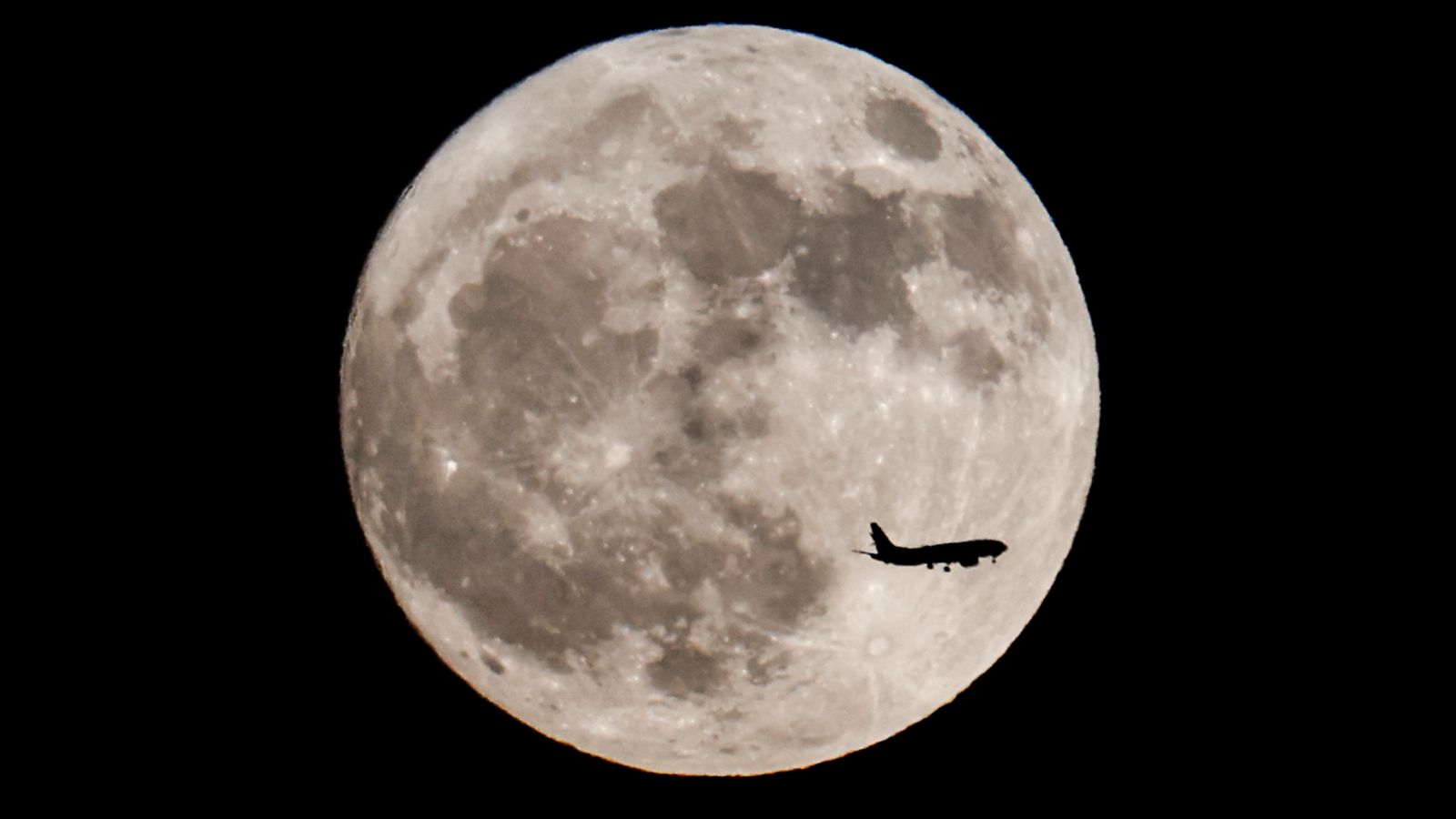As night falls later stargazers will get the chance to glimpse the first of this month’s two supermoons.
The lunar phenomenon happens when a full moon is near its closest point to Earth, making it appear up to 14% bigger and 30% brighter compared with when it is furthest away.
Rising in the east at a distance of some 222,159 miles (357,530km), the supermoon will be visible shortly after sunset from around 9pm onwards – cloud cover depending.
It will be best seen from areas with darker skies and limited light pollution.
While visible to the naked eye, using a small telescope or a pair of binoculars will provide the opportunity to view the moon’s surface in greater detail.
Tuesday night’s event is called a sturgeon moon – nothing to do with the former SNP leader but the fish – because of their abundance historically in August when they were caught by Native Americans.
And there is a double treat in store because there will be another supermoon on 31 August.
Two supermoons to appear in August – culminating in rare blue moon
Supermoon happening this week: How and when to see it the lunar event
Supermoon happening this week: How and when to see the lunar event
Because it is the second full moon in the same month, it is known as a blue moon.
Occurring only every three years or so it gives rise to the expression “once in a blue moon”.
It will be even closer on that date at a distance of 222,043 miles (357,344km).
This compares with a distance of about 252,088 miles (405,696km) when the moon is at its furthest point from Earth.
Read more:
Pictures from the July supermoon
How can I see the supermoon?
Royal Museums Greenwich said: “So long as there’s not too much cloud, the full moon will be an unmistakable white orb in the sky.
“This is a good opportunity to use a small telescope or a pair of binoculars to see the moon’s detailed surface, or even try taking a few interesting moon photos.
“However, you can see the moon perfectly well with just your eyes. Seeing moonrise just after sunset, or moonset just before sunrise, will be an impressive sight as it will appear enormous compared to the surrounding landscape.”
Be the first to get Breaking News
Install the Sky News app for free
Lunar cycle
A full moon happens once in each lunar cycle, which lasts 29.5 days.
As the moon travels in an elliptical path around the Earth, rather than a circular one, there are times when it is closer than others.
The last time two full supermoons appeared in the same month was in 2018 – and it won’t happen again until 2037, according to Italian astronomer Gianluca Masi, founder of the Virtual Telescope Project.
This year’s first supermoon was in July, while the fourth and last will be in September.
The reason for moons being given different names – such as the sturgeon moon – stretches back in time and relates to the behaviour of the plants, animals, or weather that month.
Those chosen have generally been attributed to Native American tribes.






















